Thinking of hunting down a vintage CD player from the 1990s? Buckle up. This isn’t just nostalgia—it’s a full-blown descent into audio madness. Why bother, you ask? Simple: because some of these machines sounded phenomenal. We’re talking YBA CD1 Blue Laser and Copland CDA 288—not dusty relics, but digital ronin that went head-to-head with the likes of Naim, Proceed, and Theta back when CDs still ruled the earth… or at least before they ended up in the clearance bin at your local Walmart, sandwiched awkwardly between dog treats and a pack of merino hunting socks from Dickies.
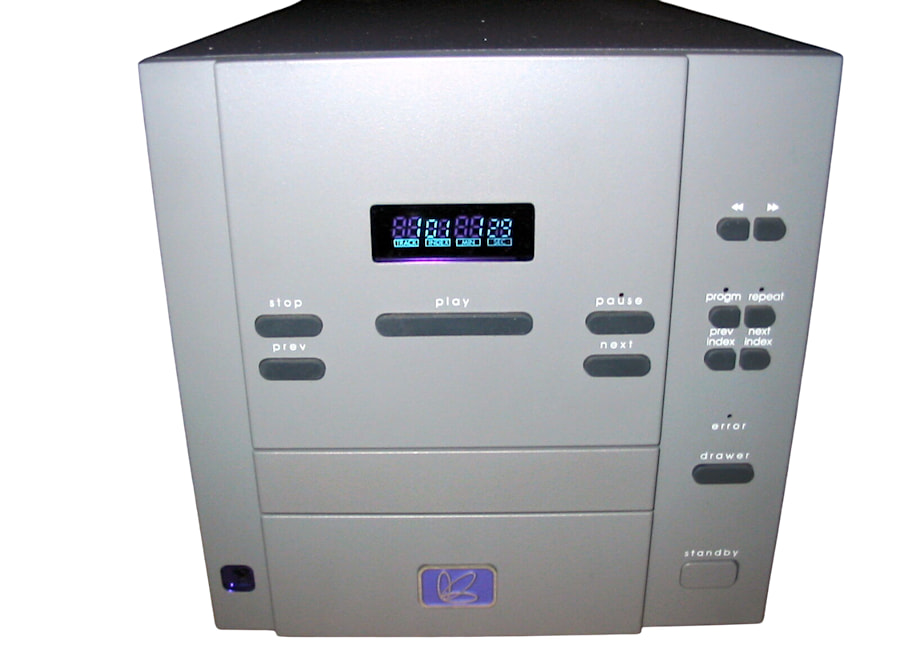
Yes, that Proceed—the same one that was making real audiophile noise before Mark Levinson took a hard left turn into Hollywood weirdness. You know, that surreal chapter where he ended up entangled with “Lassie” from Porky’s—better known to most as Samantha from Sex and the City—and co-authored a sex manual that read like a fever dream from the clearance bin at Goop. But I digress.
But here’s the twist: you’re not the only one chasing that sweet ‘90s magic. Prices on the used market aren’t exactly “vintage thrift.” A clean unit? Expect to pay more than you’d think—and possibly more than you should—just for the privilege of spinning discs like it’s 1997. And don’t show up thinking it’s plug-and-play either. You’ll need patience, spare parts, and a little cultural diplomacy, because the French and Danes never do anything the normal way—unless your idea of normal includes existential design riddles, and the creeping feeling you’ve accidentally wandered into a postmodern prank at your own expense.
Fast forward to 2025, and somehow—against all logic and modern convenience—CDs are clawing their way out of the bargain-bin grave. Record stores are drowning in shiny plastic relics, piled so high you’d think a LaserDisc cult tried to reboot itself with smaller dreams. And sure, while the shiny new release frenzy has moved on, the bargain bins are a goldmine for anyone willing to sift through the detritus.
I’ve personally snagged over 283 titles for pocket change—usually between one and three bucks each—because sometimes, the best way to rebel is to rewind the clock one scratched-up jewel case at a time.

Why do I care about these specific CD players? Simple. For over three years, the YBA CD1 Blue Laser, Copland CDA 288, and the original Rega Planet were the heart of my hi-fi system. The Rega, with its lift-up clamp and recessed CD bay, still lives on in my brother’s basement in Toronto—serving as a dust-catching heatsink, just as it did back then.
Roy Gandy was a genius, no doubt. Even if the Planet isn’t hogging center stage in my rig these days, those players didn’t just sit pretty—they stamped their stubborn little footprint all over my audio obsession. More than just gear, they were the unreliable sidekick on my never-ending quest for perfect sound. So yeah, I’ll hold your bag while you finish gawking at your latest overpriced gadget. Napkin? That’s gonna be a quarter.
Alright, let’s get real: the YBA CD1 Blue Laser and Copland CDA 288 weren’t cheap. Not by a long shot. They were up there with the big dogs—just not quite as obnoxiously priced. Sure, if you were after the crème de la crème like Spectral, Levinson, Krell, or the Marantz SE models (bless Ken Ishiwata’s soul), those might as well have come with a second mortgage.
The YBA and Copland weren’t in that league, but they were still premium gear that made your wallet sweat a bit. They didn’t have the instantly recognizable names of the audio royalty, but when you sat down to listen, they gave those big names a run for their money. You could call them the underdogs of high-end audio—sure, a bit more humble, but they delivered the goods without making you sell your firstborn.
Copland CDA 288: The Danish CD Player That Won’t Take Your Crap (If You Can Find One)

Copland may not be a household name in North America, but real audiophiles know it’s Danish hi-fi, not a half-baked ’90s cop thriller. Named after the great Aaron Copland—it delivers music with the same clarity and emotion as the composer himself, just with more tubes and less baton.
Founded in 1984 by Olé Möller, a former Ortofon engineer, this Danish-Swedish joint venture built its reputation on high-quality tube preamps and power amps. But if you’re lucky, you might come across one of their first digital efforts—the CDA 288 CD player. Designed by Morten Simonsen and released in 1998, it’s now firmly in vintage territory. With minimalist design, rock-solid build, and performance that still impresses, the CDA 288 is a rare find worth hunting down.
Let’s be clear: the CDA 288 isn’t just a CD player. It’s a space station. At 17” wide, 15.6” deep, and 6.9” high, it’s more like a small appliance, and at 35 pounds, you’ll need some muscle to move it. The black enamel casework is heavy-duty and sleek, made to last. The silver alloy faceplate and smooth alloy knobs? Absolutely glorious. If you’ve never turned knobs that glide like top-tier cocktails being mixed, you’re missing out.
The back panel includes the usual—IEC socket, unbalanced gold-plated outputs, optical (TosLink), and coaxial (RCA) digital outputs. And, in true Copland fashion, there’s an output-off switch. Why? Who knows, but it’s there for your audiophile quirks.
Inside the Beast: No Shortcuts Here
The CDA 288’s internals are where Copland really delivered. The TEAC VRDS mechanism is rock solid—quiet, reliable, and mounted securely. The digital side? After testing six filters, Morten Simonsen chose the Pacific Microsonics PMD-100 for its superior performance. Two 20-bit Burr-Brown PCM63 DACs per channel, class-A discrete analog circuitry, and a second-order Bessel analog filter—Copland wasn’t here to cut corners.
Ja, det var det. The CDA 288 was indeed one of the early CD players to support HDCD, back when that actually meant something to folks obsessing over bit depth like it was a religion. It quietly flexed its high-res muscle before most people knew what HDCD even was—typisk skandinavisk understatement.
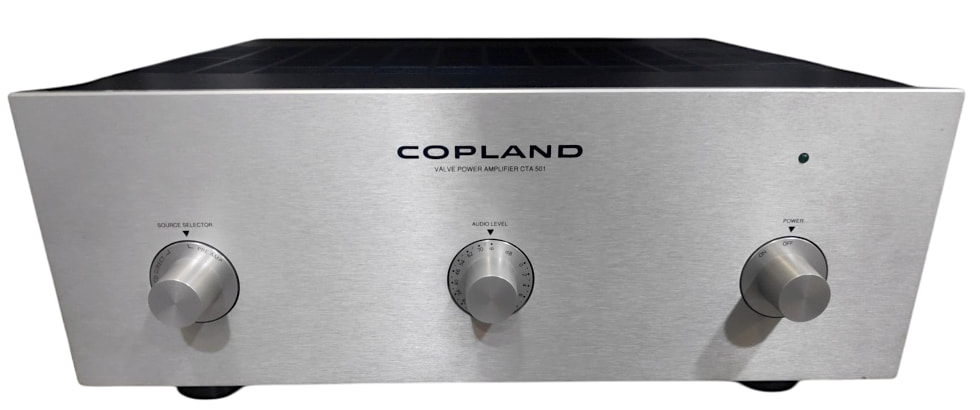
Sound: A Vintage Masterpiece (If You Get Lucky)
When paired with the right system, the CDA 288 is more than just sonically competent. I used it as part of an all-Copland system with the CTA-501 integrated amplifier, and it was pure magic. At $3,200, it didn’t just compete with high-end players from Naim, YBA, and Theta—it gave them a serious run for their money.
But, don’t get cocky; this player’s picky. Get the match right, and it delivers one of the most soulful, rich, and detailed sounds of the ‘90s. But, mismatch it, and you’re left with a bad Danish joke. Sorta like Aqua after “Barbie Girl.”
The CDA 288 isn’t made anymore, so if you can find one, consider it a rare gem—this vintage piece still holds its own but don’t pretend that what came later wasn’t superior.
YBA CD1 Blue Laser: The French Gentleman with a Laser Beam
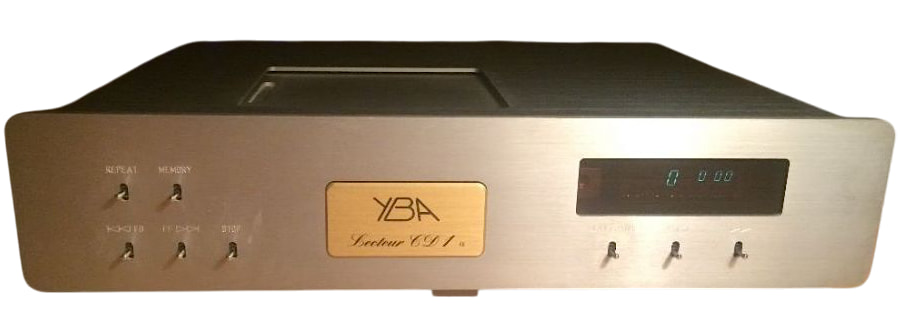
The YBA CD1 Blue Laser, released in the late-1990s, wasn’t so much a CD player as it was a test of your patience and obedience. Designed by Yves-Bernard André—clearly a man who saw the user manual as a form of psychological warfare—it featured some of the most baffling operational quirks ever crammed into a hi-fi component.
Loading a disc felt like solving a riddle from a mildly irritated Talmudic scholar. But once you played by its rules—and sacrificed the appropriate number of goats—it rewarded you with sound so refined, it made most other players seem like they were shouting through a baguette. Mad? Maybe. Brilliant? Absolutely.
Inside, it featured a belt-driven, linear-tracking, triple-beam laser sled sourced from C.E.C., with a TEAC-derived spindle motor. The CD1 employed dual 18-bit converters, though specific DAC chip models were not publicly disclosed. The analog output stage was fully discrete and operated in Class A, avoiding op-amps entirely—a testament to André’s commitment to signal purity.
The Blue Glow of Madness (or Genius)
One of the strangest and most brilliant quirks of the YBA CD1 was the outboard blue LED that rides shotgun with the dual-rail, linear-tracking, three-beam laser mechanism. It doesn’t read the disc — that job still falls to the red laser like in every other CD player — but this little blue guy shines an eerie glow across the underside of the spinning CD like it’s prepping for surgery or a séance.
What’s the point? According to Yves-Bernard André, it was not just for show. The theory is that the blue light helps the laser pick up the signal more precisely by creating a controlled optical noise environment. Think of it as pre-massaging the data before it even gets to the DAC — a sort of analog-style pre-dither. Yeah, it sounds like something out of a Bond villain’s lab, but apparently it works.
The idea borrows from stochastic resonance — the notion that a little bit of “good” noise can help systems detect weak signals better. Whether this is genius or just French audio voodoo depends on your belief system.
Some folks swear it tightens up the sound and reduces the jittery, digital edge. Others think it’s just an expensive flashlight. Either way, it’s very YBA: technical, a little eccentric, and built on the belief that sound quality is worth chasing — even if it means throwing in a blue LED for good luck.
Despite YBA’s insistence that the CD1 was an “integrated” player, it’s really a two-box beast in disguise. The second full-sized chassis isn’t just there to look intimidating—it houses a beefy analog power supply anchored by a 500VA double C-core transformer, because sometimes brute force is exactly the point. It also connects to the main unit via a thick umbilical cord that looks like it came off a Soviet-era submarine — Red October anyone?
Using the YBA CD1 Blue Laser wasn’t just playback—it was ritual. Light a candle, mutter something halfway between prayer and profanity, and spend eight minutes davening in front of a shrine to Catherine Deneuve and Marion Cotillard. First came the laser cleaning with the included air brush (yes, really), followed by the sacred ritual of wiping down your CD with the YBA-supplied cloth—an absurdly dainty square of fabric that looks like it moonlights polishing opera glasses at Versailles. Slow, circular motions, mind you: data side, label side, inner rim, outer rim.
Ah, the French—like the Ministry of Silly Walks, but for audio. Instead of just handing you a CD, they insist on a cleaning ceremony so convoluted it might as well involve juggling baguettes while reciting Les Misérables. One missed spot, and your “pristine” disc turns into a flying saucer for the French Resistance in the Battle of Nonsensical Audio.
It’s the kind of absurdity that makes you wonder if they designed their hi-fi gear during a particularly long, pretentious cheese tasting. And yet, somehow, you’re still expected to clap politely. Bravo, mes amis.
Then came the delicate placement on the rubber-topped spindle, topped with a magnetic puck that had its own damping material and—because this is YBA—an adjustment screw to fine-tune its fit. No, I’m not making that up. They even had a gold-plated version at one point that got tossed for “sounding wrong.” Of course it did–we’re talking about the French.
Changing discs wasn’t as simple as ejecting and hitting play. Oh no. You had to manually reset the buffer each time unless you wanted the player to misread the Table of Contents. That meant snapping the Play switch twice to initiate a new read, watching the transport spin up and the laser sled zip to center like it was late for a Parisian lunch.
Once that was done, you didn’t just hit Play—you had to hit Play, then Pause, then tap Display twice to access the third mode (Elapsed Time), because allegedly it sounded better that way. Still in Pause, you’d reach around back—because that’s where the Display Off switch lived—and kill the front panel lights. Why? Because apparently even photons were a sonic offense.
Tiresome? Absolutely. Borderline ridiculous? Yes. But here’s the kicker: every bit of this pretentious choreography made a difference. Like most French audio gear, the CD1 was eccentric, infuriating, and built like a high-end wine opener. But damn it—when you followed the steps, it sang. It also created a weird hum in my system (and that included with YBA amplification) if one did not use one of their power cables. Not grounded. In more ways that one.
The result? A player with an effortlessly fluid presentation, silky treble, and a midrange that wrapped vocals in a warm, natural glow. Bass was fast and tight—not room-shaking, but meticulously controlled. It didn’t add sparkle or slam; it revealed what was already there, which made it a darling of high-end systems and a nightmare for cheap gear.
Understated, refined, and ruthlessly revealing, the YBA CD1 wasn’t trying to impress—it was trying to tell the truth. And it did. Quietly. With a raised eyebrow and a well-rolled Gauloise.
Copland CDA 288 vs. YBA CD1: French Finesse Meets Danish Rage
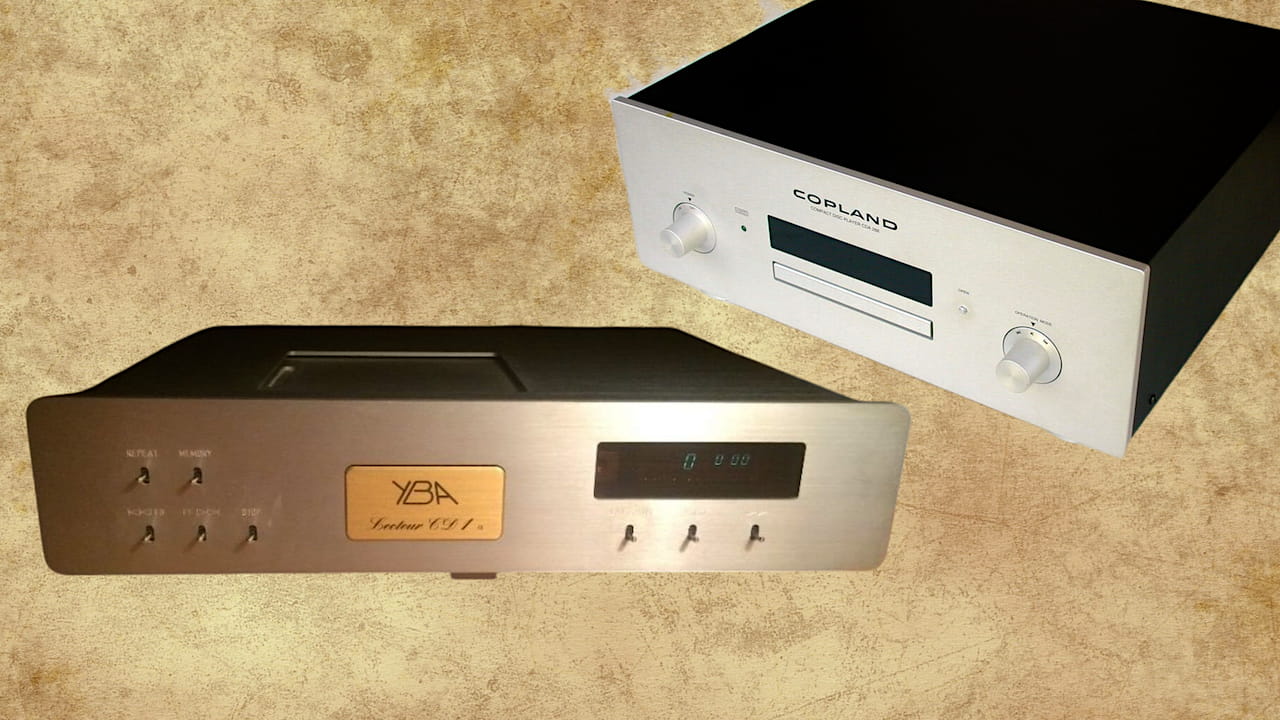
On paper, the YBA CD1 Blue Laser and Copland CDA 288 don’t look like rivals—they look like cousins who grew up on opposite ends of the continent and now glare at each other across a crowded dinner table. The YBA CD1 is all French restraint and precision, while the Copland CDA 288 is a Viking brawler in a tailored suit. Both were expensive, both were over-engineered, and both came from brands that wanted to do things their own damn way.
The YBA CD1 leans into the classic French audiophile trope: neutrality, flow, and just enough bite to keep things honest. Its sound is graceful and airy, with a gorgeous sense of space and timing—almost like it’s too polite to offend, but smart enough to make you feel like you’re missing something if you’re not paying attention. It doesn’t scream “listen to me,” but it seduces you slowly.
The bass isn’t showy, but it’s tight and articulate. The treble is clean and refined, with just a kiss of shimmer.
The Copland CDA 288, on the other hand, doesn’t seduce. It kicks the door in and demands your attention. Using dual Burr-Brown PCM63 DACs per channel in a time-averaging configuration, paired with a PMD-100 HDCD digital filter, the Copland goes for warmth, texture, and serious dynamic weight.
There’s nothing mellow about its presentation—it’s punchy, dense, and full of analog richness. Detail retrieval is excellent, but it leans slightly toward the musical rather than analytical. The soundstage isn’t as ethereal as the YBA’s, but it’s deep, stable, and solid as a Danish oak table. And when it locks in with the right amp (like my old Copland CTA-501), it can absolutely crush.
Both machines demand a proper partner. The YBA turns frosty and judgmental if mismatched—like a Parisian sommelier watching you order a Diet Coke with foie gras. The Copland, on the other hand, gets thick and sluggish if you pair it with anything too warm, like it’s been fed a three-course meal and asked to sprint.
So who wins? Depends on what kind of masochist you are. The YBA CD1 Blue Laser is crisp, clean, and about as emotionally stirring as a Swiss accountant—if that’s your thing. The Copland CDA 288? It’s got flair and a bit of chaos, like an opera singer who drinks grappa between arias. It won’t make your life easier, but it will make it louder.
Selling them was a massive mistake.
Related Reading:
- The Marantz SACD 10 Takes SACD And CD Playback To The Next Level
- Best CD Players: Editors’ Choice
- Denon’s DCD-3000NE CD Player Is Going To Make SACD Fans Really Happy
- Rotel’s Michi Q5 Transport DAC Can Output 32-Bit/384kHz And DSD Digital Playback With Some Limitations
- Shanling’s ONIX Zenith XST20 SACD/CD Transport Is Resurrecting A “Dead” Audiophile Format—And We’re Somehow Okay With It
- Ruark Wants You To Keep Enjoying CDs With Their R-CD100 Transport: Preview
- Rotel’s Michi Q5 Transport DAC Can Output 32-Bit/384kHz And DSD Digital Playback With Some Limitations




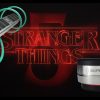
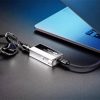
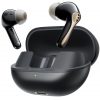
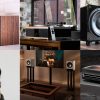









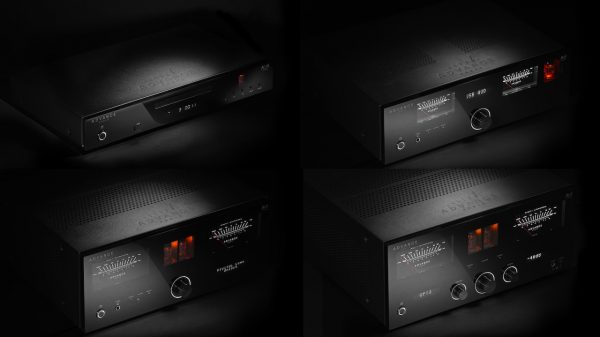
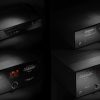
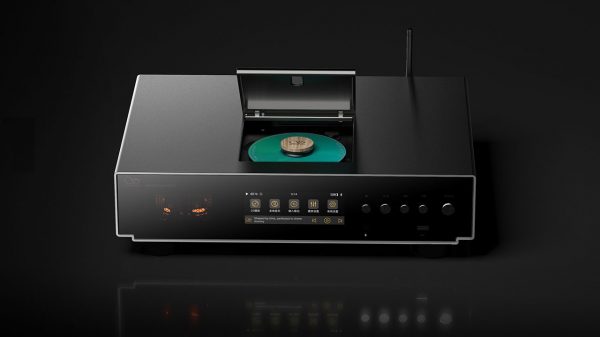
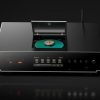
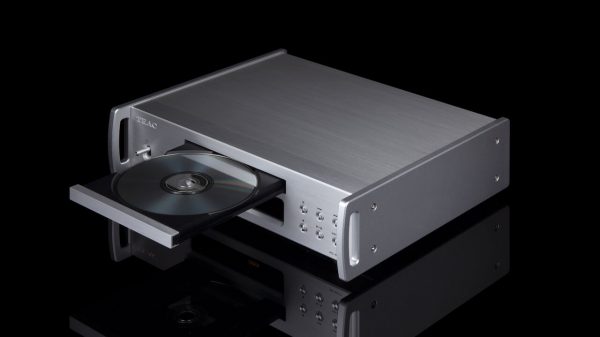


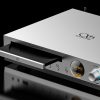
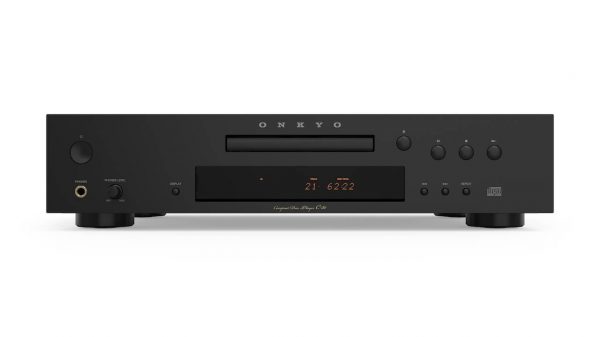
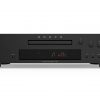
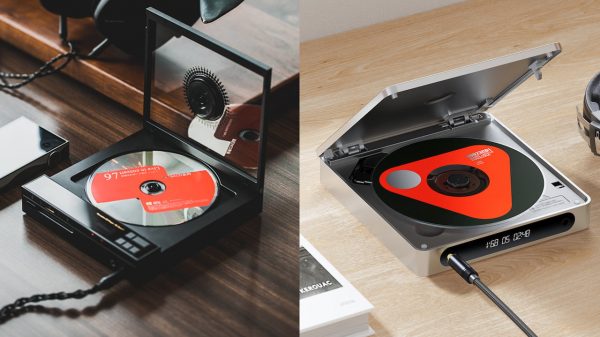
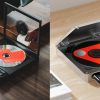

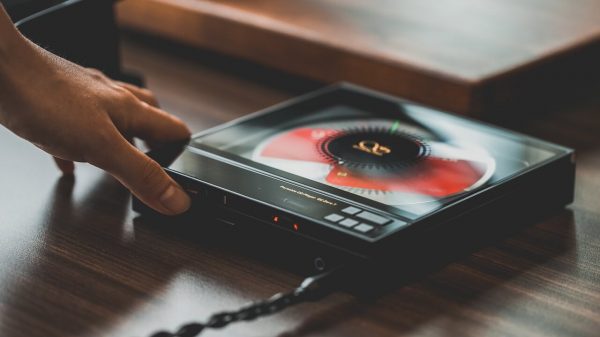












Anton
May 29, 2025 at 5:17 pm
Fun read and that French CD player sounds like my ex MIL from the 1990s — yes, she was French.
Bigger question — why would anyone desire a vintage CD player from 30 years ago when the DACs have improved dramatically. What do these really offer over a $600 Marantz or NAD in 2025?
Audiophiles were gullible as hell in the 1990s.
Ian White
May 30, 2025 at 10:19 am
Anton,
YBA is still very much in business and their old gear from the 1990s was excellent. Just quirky beyond. But no, this CD player never really sat on my stand having a cigarette looking demure.
That is a good question about vintage CD players. Some of them had rather good DACs. Meridian, Mark Levinson, Theta, Micromega (another French brand) made really good CD players that still sound great. The bigger issue is that the CD sleds and mechanisms stopped working.
Gullible? You are being kind.
IW
super390
June 1, 2025 at 10:56 pm
My eccentric European player is a T+A SACD 1245 that I stumbled across on ebay for somewhat over $200 about ten years ago.
The T+A mentality back then was, we’re not gonna ignore new tech, we’re going to shoehorn it into our existing chassis with no regard for ergononics. So this is like three separate players; there’s three sets of outputs leading from separate DAC arrays for DVD, CD and SACD. And some of those modes are controlled from the front panel, some from the remote buttons, and some from the on-screen menus. Nothing is intuitive. Plus there’s a factory-kludged HDMI out squeezed in by hand.
But most nerdy of all, it doesn’t even read a CD’s TOC. It spends 30 seconds scanning the disc and writing its own. So it will play a DVD or SACD faster than a CD.
But oh god, how it plays a CD. Which is why I keep it in there as it slowly falls apart.
Ian White
June 2, 2025 at 5:32 pm
Super,
Totally get it. I love the older CD players.
IW